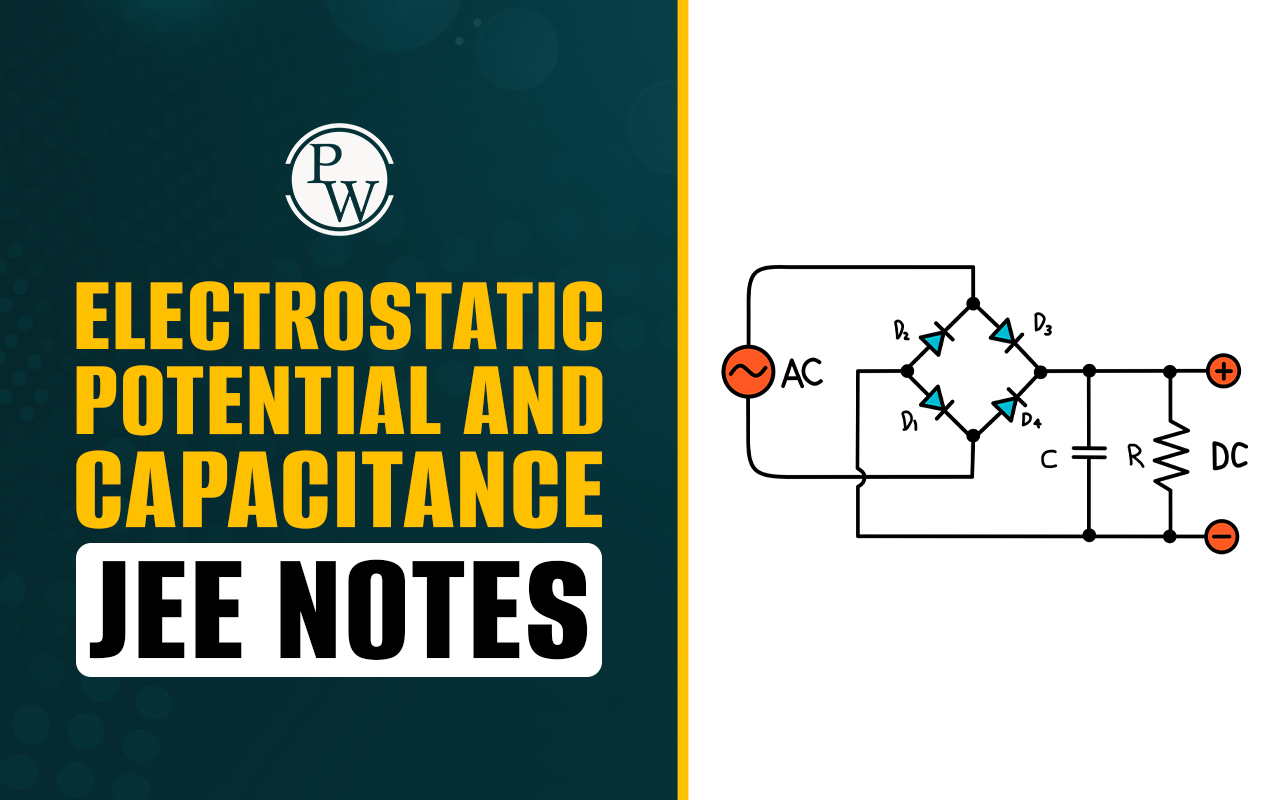

Atomic Mass : Chemistry is a fascinating realm filled with the exploration of matter and its properties. At the heart of understanding matter's composition lies concepts like atomic mass, molecular mass, gram atomic mass, and gram molecular mass. Let's embark on a journey to demystify these concepts in simple terms, making them accessible and engaging.
Atomic Mass: The Mass of Individual Atoms
What is Atomic Mass? : Atomic mass refers to the mass of an individual atom of an element. It is typically expressed in atomic mass units (amu) or unified atomic mass units (u). The atomic mass of an atom is determined by the total number of protons and neutrons in its nucleus.
∙ It is defined as the number which indicates how many times the mass of one atom of an element is heavier in comparison to 1/12 th part of the mass of one atom of C-12.
Why is Atomic Mass Important?
Atomic mass is crucial in chemistry because it provides insights into the properties and behaviour of elements. It helps identify isotopes of elements and calculate their relative abundances in nature.
Molecular Mass: The Mass of Molecules
What is Molecular Mass? : Molecular mass refers to the mass of a molecule, which is the sum of the atomic masses of all the atoms present in the molecule. It is also expressed in atomic mass units (amu) or unified atomic mass units (u).
Q. The number which indicates how many times the mass of one molecule of a substance is heavier in comparison to 1/12 th part of the mass of an atom of C-12.
Ex. Molecular mass of oxygen (O 2 ) = 32 amu
Molecular mass of (O 3 ) = 48 amu
Molecular mass of HCl = 1 + 35.5 = 36.5 amu
Molecule mass of H 2 SO 4 = 2 + 32 + 64 = 98 amu
Why is Molecular Mass Important?
Molecular mass is essential for understanding the composition and properties of substances. It helps determine the stoichiometry of chemical reactions and calculate the masses of reactants and products involved.
Gram Atomic Mass: Atomic Mass in Grams
What is Gram Atomic Mass? : Gram atomic mass is the mass of one mole of atoms of an element, expressed in grams. It is numerically equal to the atomic mass of the element expressed in atomic mass units (amu). When numerical value of atomic mass of an element is expressed in grams then the value becomes gram atomic mass.
Gram atomic mass = mass of 1 gram atom = mass of 1 mole atom
= mass of N A atoms = mass of 6.023 × 10 23 atoms.
Ex. Gram atomic mass of oxygen = mass of 1g atom of oxygen = mass of 1 mol atom of oxygen
Why is Gram Atomic Mass Important?
Gram atomic mass is used in stoichiometric calculations to determine the amounts of elements involved in chemical reactions. It allows chemists to relate the atomic mass of an element to its macroscopic properties and quantities.
Gram Molecular Mass : Molecular Mass in Grams
What is Gram Molecular Mass? : Gram molecular mass is the mass of one mole of molecules of a compound, expressed in grams. It is numerically equal to the molecular mass of the compound expressed in atomic mass units (amu).
∙ When numerical value of molecular mass of the substance is expressed in grams then the value becomes gram molecular mass.
Gram molecule mass = mass of 1 gram molecule = mass of 1 mole molecule
= mass of N A molecules = mass of 6.023 × 10 23 molecules
Ex. Gram molecular mass of H 2 SO 4 = mass of 1g molecule of H 2 SO 4
= mass of 1 mol molecule of H 2 SO 4
= mass of N A molecules of H 2 SO 4
Why is Gram Molecular Mass Important?
Gram molecular mass is crucial for stoichiometric calculations involving molecular substances. It helps in determining the amounts of compounds participating in chemical reactions and the masses of reactants and products formed.
Atomic Mass FAQs
Q.1 : What is Atomic Mass?
Q.2 : What is Molecular Mass?
Q.3 : Why is Molecular Mass Significant?
Q.4 : What is Gram Atomic Mass?
Q.5 : How is Gram Atomic Mass Utilized?
Q.6 : What is Gram Molecular Mass?
Q.7 : How are Atomic Mass and Molecular Mass Calculated?












